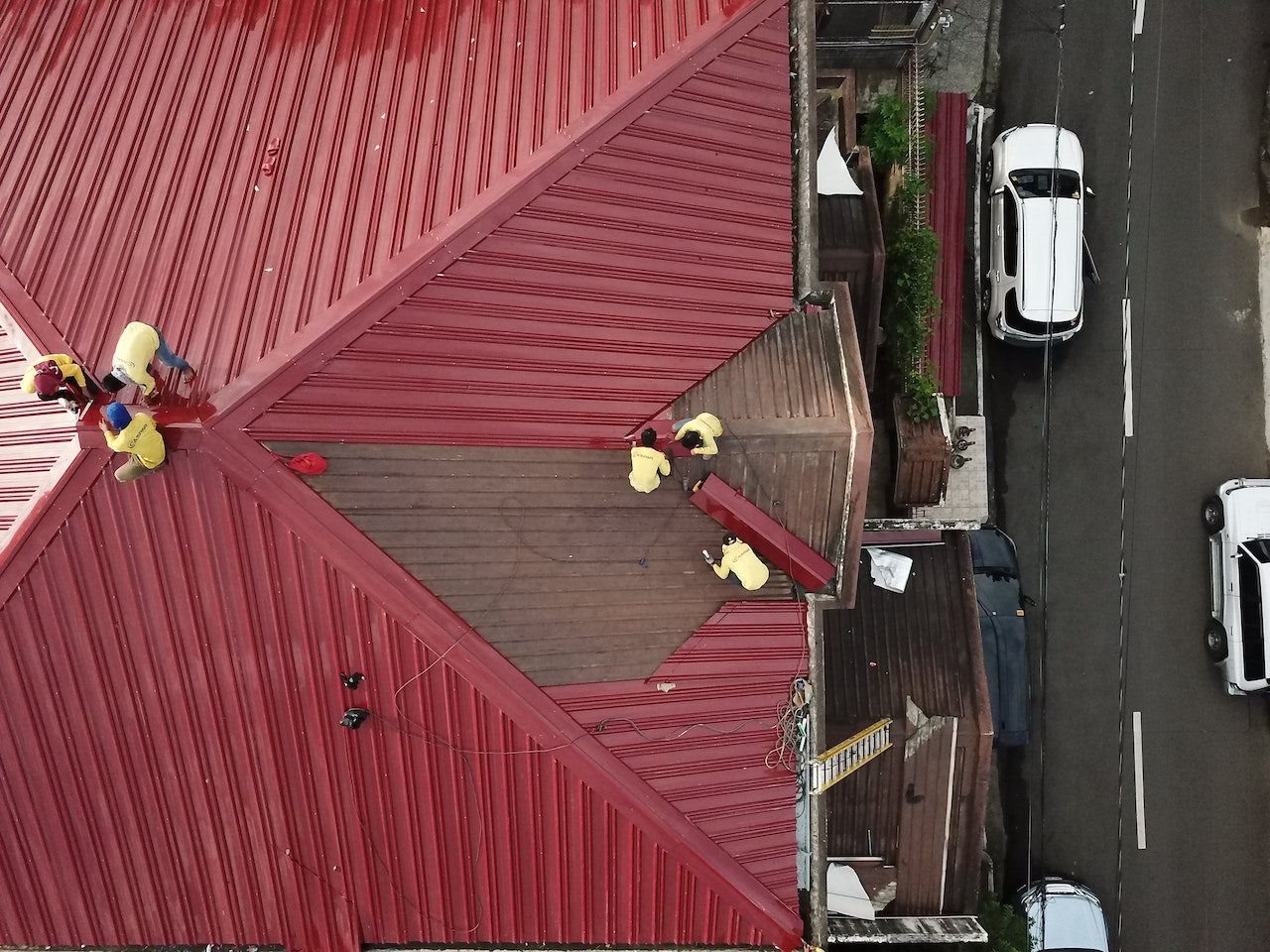Top stories



Marketing & MediaHow Spar is using localised marketing to redefine the urban retail experience
Karabo Ledwaba 1 day



More news





ESG & Sustainability
How South Africa’s conservation efforts can thrive with Indian partnership










Section 11(d) allows for a deduction of expenditure actually incurred on repairs to immovable property, machinery, implements, utensils, and other articles. This is provided that the immovable property is either occupied for the purpose of trade; alternatively income is receivable in respect of such property. Similarly, machinery, implements, utensils, and other articles must be employed by the taxpayer for purposes of trade.
If the taxpayer has recovered the expenditure of the repairs through an insurance claim, guarantee, security or indemnity, no deduction is allowed.
“Repair” has not been defined in the Act. Courts have held that it is a process of renewing, renovating or restoring decayed or damaged parts. It does not matter whether repairs are a result of an event such as a storm, fire, civil unrest, or because of wearing out, damage or deterioration through use. Expenditure incurred on maintenance can therefore be deducted provided it complies with the essential elements of a repair.
Sars points out in its interpretation note that there is sometimes a narrow distinction between “repairs” and “improvements”. General principles on the differences have been developed by the courts:
Finally, taxpayers must be aware that deductions claimed for repairs could be recouped by Sars under section 8(4)(a) in certain circumstances, such as the recovery of the repair costs through a damages or insurance claim.
